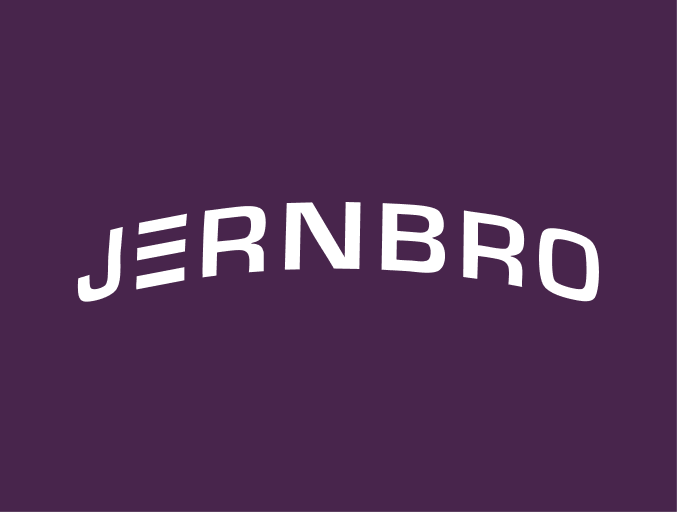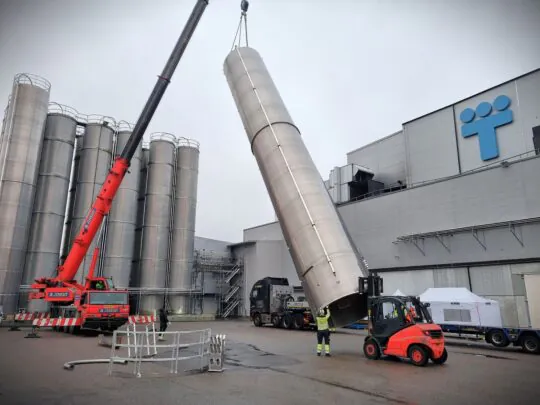
Trioworld’s production is supported by custom-made silos
Trioworld values Jernbro’s expertise in the manufacturing of silos for plastic granules, which is a solution that combines quality, efficiency and long-term durability.
CASES AND STORIES
-
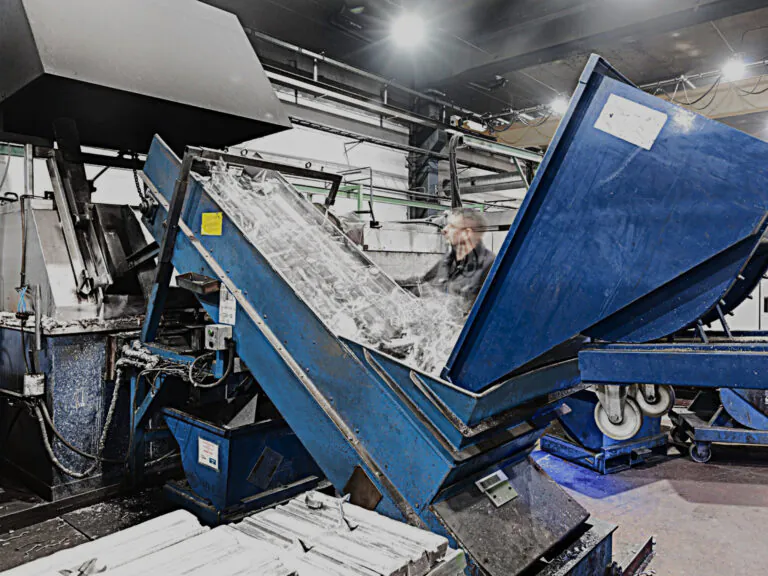 Maintenance agreementAGES strengthens operational reliability with Jernbro’s maintenance agreementTo ensure preventive maintenance and maximize production uptime, AGES Kulltorp partnered with Jernbro for a full-service maintenance agreement covering foundry and machining equipment.Read more
Maintenance agreementAGES strengthens operational reliability with Jernbro’s maintenance agreementTo ensure preventive maintenance and maximize production uptime, AGES Kulltorp partnered with Jernbro for a full-service maintenance agreement covering foundry and machining equipment.Read more -
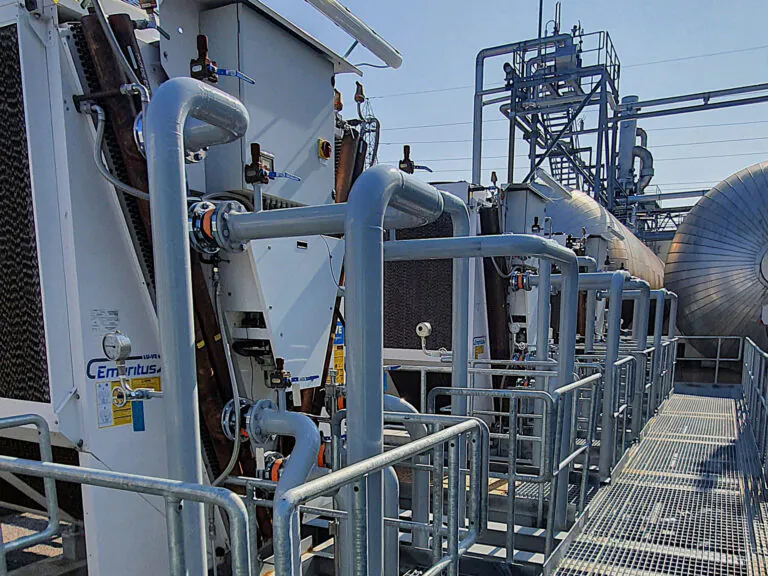 PrefabricationLinde expands CO₂ plant with Jernbro’s industrial piping expertiseWhen Linde expanded its plant in Norrköping to increase capacity for cleaning and cooling carbon dioxide, Jernbro was chosen to deliver and install the new industrial pipe systems, a complex and time-sensitive project.Read more
PrefabricationLinde expands CO₂ plant with Jernbro’s industrial piping expertiseWhen Linde expanded its plant in Norrköping to increase capacity for cleaning and cooling carbon dioxide, Jernbro was chosen to deliver and install the new industrial pipe systems, a complex and time-sensitive project.Read more -
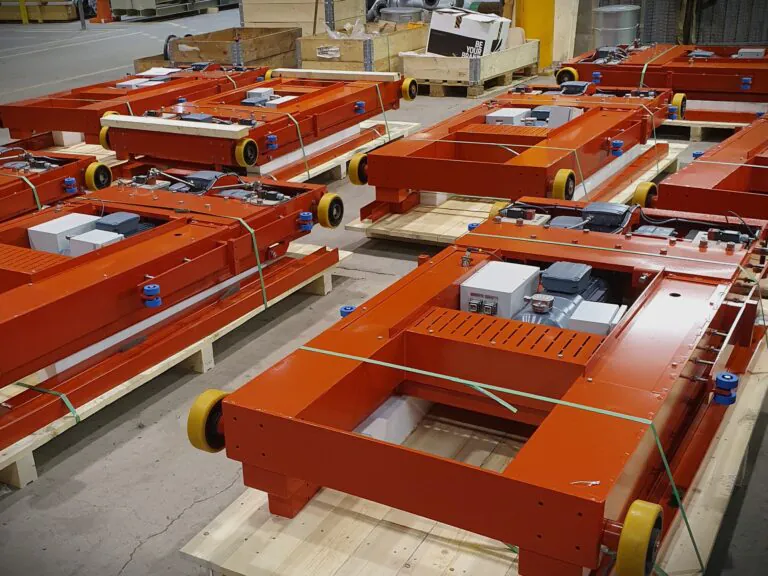 Electrical solutions, Lifting equipment, WeldingSchlötter secures on-time delivery with Jernbro’s fast and complete production supportWhen Schlötter needed to quickly produce several Delta lift transport robots, Jernbro stepped in as a new partner to ensure the delivery reached the end customer on time.Read more
Electrical solutions, Lifting equipment, WeldingSchlötter secures on-time delivery with Jernbro’s fast and complete production supportWhen Schlötter needed to quickly produce several Delta lift transport robots, Jernbro stepped in as a new partner to ensure the delivery reached the end customer on time.Read more -
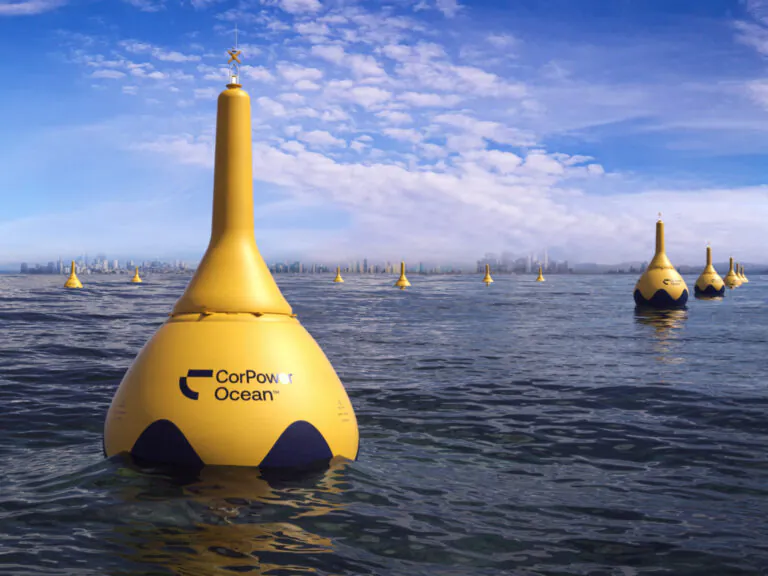 MachiningCorPower Ocean develops wave power with Jernbro’s precision and creativityRead more
MachiningCorPower Ocean develops wave power with Jernbro’s precision and creativityRead more -
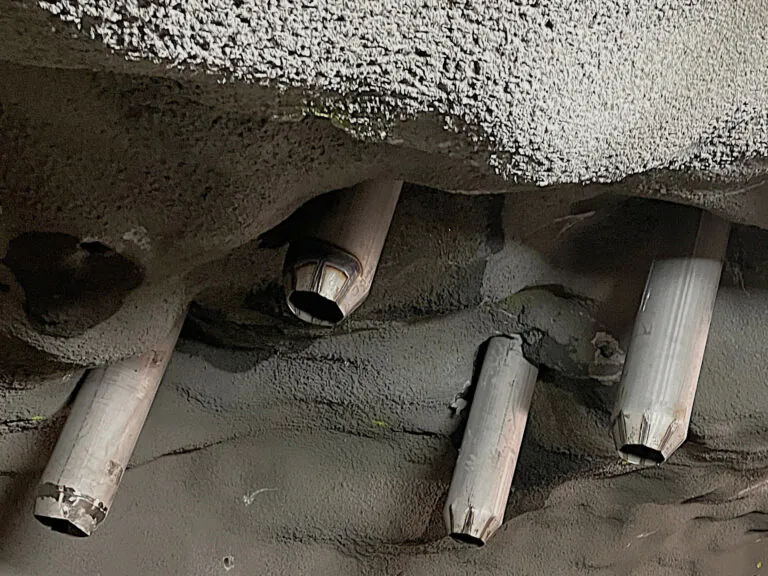 Installation and assembly, PrefabricationKäppalaverket relies on Jernbro for complex reconstruction workWith strong experience in rebuilds during operation and long expertise in wastewater treatment, Jernbro plays an important role in the ongoing modernization of Käppalaverket on Lidingö.Read more
Installation and assembly, PrefabricationKäppalaverket relies on Jernbro for complex reconstruction workWith strong experience in rebuilds during operation and long expertise in wastewater treatment, Jernbro plays an important role in the ongoing modernization of Käppalaverket on Lidingö.Read more -
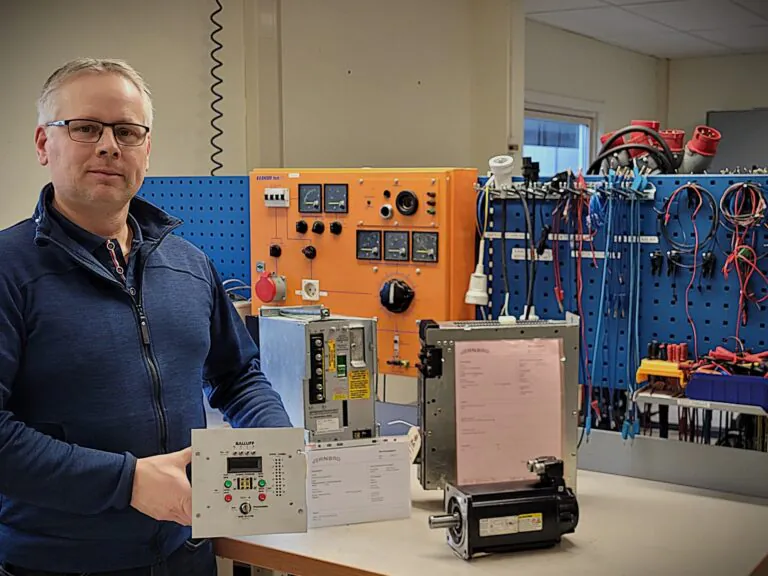 Component serviceIMI gets 110% support from JernbroThrough a long-term partnership with Jernbro’s Component Service team in Skövde, IMI secures reliable production and quick support whenever needed.Read more
Component serviceIMI gets 110% support from JernbroThrough a long-term partnership with Jernbro’s Component Service team in Skövde, IMI secures reliable production and quick support whenever needed.Read more
DON’T MISS A BEAT
Stay informed – subscribe now for Jernbro’s latest news, technical insights, and customer success stories.
